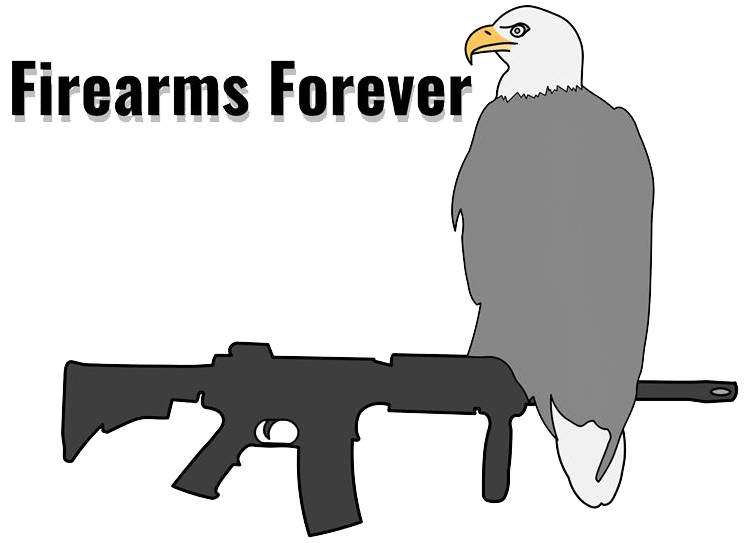Congress earlier this month finally got around to making New Mexico fallout victims of the first test of an atomic bomb and the miners who dug up the uranium to fuel the weapon eligible for compensation — nearly 80 years after the fearsome 22-kiloton blast code-named Trinity sent up a churning mushroom cloud over the desert.
“This is the 80th year since the bomb was detonated at Trinity, so the people of New Mexico have essentially been waiting 80 years for this acknowledgment and this assistance,” Tina Cordova, a cancer survivor and executive director of the Tularosa Basin Downwinders Consortium, said last week in a conference call with reporters.
“So many of our people have waited for years for this,” said Loretta Anderson, co-founder of the Southwest Uranium Miners Coalition Post ’71 who resides at the federally recognized tribe of Native American Pueblo people in Pueblo of Laguna near Albuquerque. “The miners will finally receive justice after all these years,” Anderson said in a phone interview.
Read Next: Drill Sergeant Under Investigation After Having Soldiers Do Push-Ups Under MAGA Flag
Cordova and Anderson were responding to the action by Congress to include a provision to extend and expand the Radiation Exposure Compensation Act of 1990 in the “One Big Beautiful Bill” of major tax cuts for individuals and corporations, major cuts to health care, and increased spending for defense and border security that was signed into law on the Fourth of July by President Donald Trump.
In a statement on the RECA revisions, the White House said that “the president believes we have a solemn obligation to address toxic exposure, especially among those who have been placed in harm’s way by the government’s actions.”
Trump signed the bill 12 days before the 80th anniversary of the top-secret Manhattan Project’s culmination, when J. Robert Oppenheimer and his fractious band of scientists and engineers at 5:29 a.m. — in what was then called “Mountain War Time” — set off the first detonation of a nuclear weapons test in New Mexico’s Jornada del Muerto desert on July 16, 1945.
The test was conducted in what was then called the U.S. Army Air Forces Alamogordo Bombing and Gunnery Range and what is now part of the White Sands Missile Range.
The RECA set up a program administered by the Justice Department to allow “partial restitution to individuals who developed serious illnesses after presumed exposure to radiation released during the atmospheric nuclear tests or after employment in the uranium industry,” according to a department news release
But in a stunning omission, New Mexico residents and miners were not included for eligibility.
The 1990 law has mainly applied to presumed exposures from radiation or employment in uranium mines involving the 100 atmospheric nuclear tests conducted at the Nevada Test Site north of Las Vegas from 1946 to 1962. The argument for not including New Mexico in RECA had been that the top-secret nature of the first test of an atomic weapon made it impossible at the time to collect the data necessary to prove the presumptive illnesses covered by the law.
Sen. Josh Hawley, R-Mo., also managed to include in the RECA extension and expansion a provision to allow for compensation to St. Louis residents who may have been harmed by the dumping of Manhattan Project waste in the area.
“RECA is the government saying what we did was wrong, lying to you was wrong, and we’re finally going to make it right,” Hawley said in a news release.
Related: ‘Slap in the Face’: Victims of Trinity Test Radiation Say Congress Again Let Them Down by Denying Compensation
Story Continues
Read the full article here



